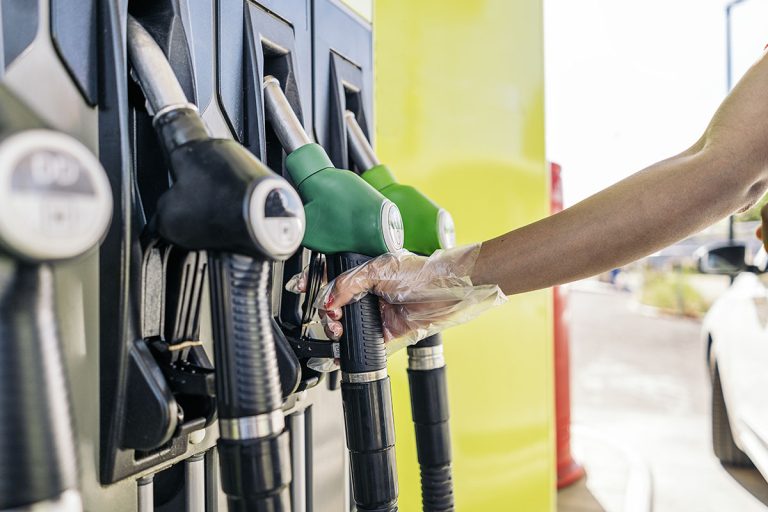Oil prices will rise to $100 per barrel if Saudi Arabia gets its way.
Only a week ago, news surfaced that Saudi officials were quietly hoping to push oil prices up to $80 per barrel, which would help boost the valuation of Saudi Aramco IPO. But why not $100 per barrel?
Reuters reports that Riyadh would be fine with prices rising that far, which lends weight to the notion that OPEC will keep the production cuts in place even as its mission to drain surplus oil inventories around the world appears to be largely “accomplished.”
OPEC and its non-OPEC partners are even considering yet another extension that would push the cuts into the middle of 2019. But with inventories back to average levels and expected to fall for the foreseeable future, the production limits would surely push the market into a deficit. The over-tightening, presumably, would lead to higher oil prices…just in time for the Aramco IPO.
OPEC just posted its fifth consecutive month in which it recorded a new record high compliance rate with the production limits. In March, according to Bloomberg, the compliance rate surged to 164 percent, a new high, up from 148 percent in February. Unsurprisingly, output fell in Venezuela, but Saudi Arabia also chipped in further reductions.
Two industry sources told Reuters that behind closed doors, Saudi officials have considered $80 per barrel, or even $100 per barrel, as sort of unofficial price targets. “We have come full circle,” a third high-level industry source told Reuters. “I would not be surprised if Saudi Arabia wanted oil at $100 until this IPO is out of the way.”
“Saudi Arabia wants higher oil prices and yes, probably for the IPO, but it isn’t just that,” an OPEC source told Reuters. After the IPO, Saudi Arabia would still want prices to remain high, which would increase the revenues needed to fund the long-term transformation of the Saudi economy pushed by Crown Prince Mohammed bin Salman. “Look at the economic reforms and projects they want to do, and the war in Yemen. How are they going to pay for all that? They need higher prices,” the Reuters source said.
Related: The Bullish And Bearish Case For Oil
Indeed, Saudi Arabia is still posting large fiscal deficits, which, if left unaddressed, present a long-term threat. Saudi foreign cash reserves are down to $488 billion, down a third from their peak in August 2014 at $737 billion, although to be sure, the pace of drawdowns has slowed. “Their breakeven is around $85 per barrel,” according to Francisco Blanch, global head of commodities research at Bank of America Merrill Lynch, citing a reason why they might continue to favor higher prices.
The risk of over-tightening the market, of course, is that it sparks an even greater response from U.S. shale. For now, a shortage of pipeline capacity in the Permian might insulate OPEC from the worst, but those bottlenecks will eventually be resolved. The longer-term danger for Saudi Arabia from pushing prices too high is structural demand destruction – expensive oil will force more and more motorists around the world to switch over to EVs. Everyone agrees peak oil demand will eventually arrive, even if the precise date is hotly debated, but a spike in oil prices could accelerate that transition.
OPEC is set to meet in Jeddah, Saudi Arabia, on Friday to consider options for what to do next. But changes to the current agreement, or even a strategy update, probably won’t be revealed until the official meeting in June.
Related: IMF: Expect Oil To Fall Below $60
But the mere talk of $100 per barrel is likely to put upward pressure on prices. During midday trading on Wednesday, both Brent and WTI were up more than $1 per barrel, hovering near multi-year highs. And the signals being sent by multiple OPEC officials suggest that the group will opt against phasing out the cuts at its upcoming meeting. “Despite an oil price of over $70 per barrel and the fact that the oversupply has been eliminated, a phase-out of the production cuts will not be on the agenda,” Commerzbank oil analyst Carsten Fritsch said.
Saudi Arabia’s motivation for higher oil prices will magnify the influence of existing trends in the oil market. That is, the shrinking inventory surplus, strong demand, and geopolitical tension are all working together to push up benchmark prices.
The resolve of Riyadh to keep OPEC in line for another year significantly raises the odds of further price increases. Whether we get to $100 per barrel remains to be seen.
Source: Oilprice.com





